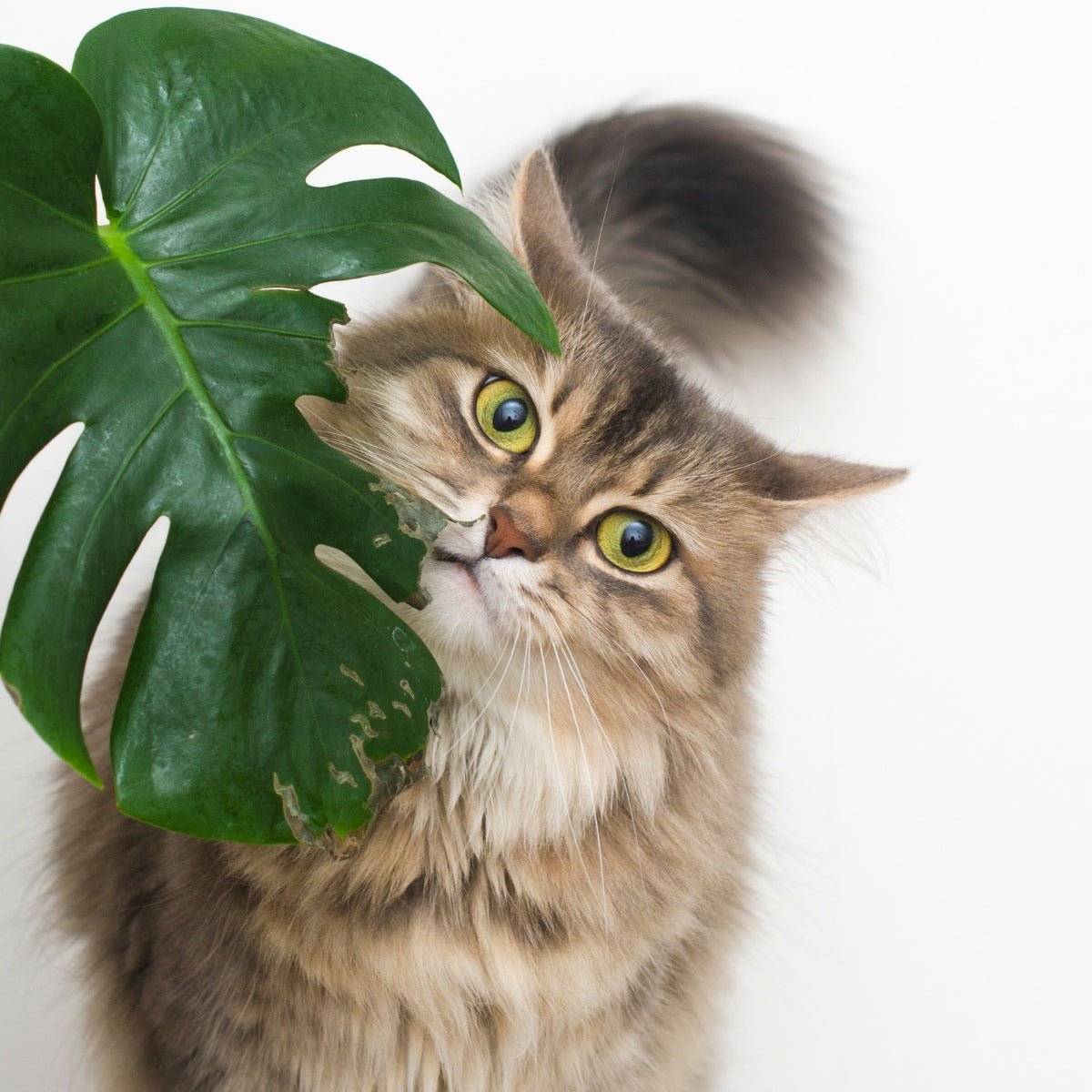Keeping Your Pets and Plants Safe and Healthy
As pet owners and plant lovers, we often find ourselves in a dilemma - how to create a harmonious environment where our furry friends and beloved plants can coexist peacefully. While pets and plants bring joy and beauty to our lives, certain precautions need to be taken to ensure the safety of both.
1. Pet-Friendly Plants
When choosing plants for your home, the safety of your furry friends should be top-of-mind. Some popular houseplants like pothos and lilies can actually be harmful to pets when ingested. That's why it's best to opt for pet-friendly alternatives such as spider plants, Boston ferns, or African violets. These green roommates not only beautify your space but also coexist peacefully with your pets.
2. Elevated Planters
Elevated planters are a stylish and functional way to keep your plants safe from curious paws. By using hanging baskets or raised plant stands, you elevate the plants to heights where they're less likely to be the victims of a feline or canine investigation. This setup can add a unique aesthetic touch to your interior while keeping your plants safe and sound.
3. Safe Plant Placement
The strategic placement of your plants can save them from becoming your pet’s afternoon snack. Avoid putting plants on low coffee tables or near furniture pieces that your pet can easily jump on. Designating specific areas in your home as pet-free zones can serve as a sanctuary for both your plants and your peace of mind.
4. Training and Distractions
Training your pets to respect plant boundaries can be a game-changer. Use commands or clicker training to teach them what's off-limits. To keep their interest away from your greenery, provide engaging toys or scratching posts. This offers a double benefit: your plants stay intact, and your pets get the mental and physical stimulation they need.
5. Pet-Proofing Techniques
Sometimes, additional deterrence can go a long way. Consider using bitter sprays or even motion-activated devices to keep pets at bay. Another creative solution is to cover the plant soil with decorative rocks or specialized plant covers, which deter pets from digging into the pot or munching on roots.
6. Regular Cleaning
A clean plant area is beneficial for both you and your pets. Some plants can shed leaves or blooms that are toxic to animals. By regularly sweeping or vacuuming these fallen parts, you minimize the risk of your pet ingesting something harmful. Plus, a clean space is a happy space, both for humans and their four-legged companions.
7. Consult a Vet
If you notice any unusual behavior in your pet or suspect that they've ingested a toxic plant, it's crucial to act fast. Contact your veterinarian or an emergency pet poison hotline as soon as possible. They can provide expert guidance on the necessary steps to take and can recommend appropriate treatment, ensuring the quickest recovery for your pet.
By following these tips and taking appropriate actions when needed, you can create a harmonious environment for both your pets and your plants. With a little foresight and care, Fido and Fern (or whatever leafy friend you choose) can happily coexist under your roof.
Thanks for readying!


